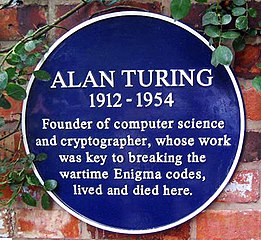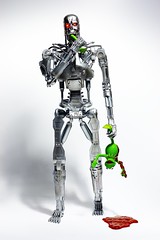Forty two years ago I wrote my first bit of software on a BBC Micro in the Code Club at Fitzmaurice Primary School. My bestie Branwen Munn and I were encouraged by our teacher, Mr. Jackson as we typed our first instructions which looked something like this:
10 PRINT "HAPPY CHRISTMAS"
20 GOTO 10
RUNVariations of this BASIC loop introduced millions of school children like us to computing, especially those lucky enough to have access to a strange new machine called a COMPUTER which had just arrived in our school.
So it was great to sit down with one of the two main designers of the BBC Micro (Steve Furber) earlier this year and talk about his career in Computing over the last 50 years, as he retired from 33 years of service at the University of Manchester.

Some things we discussed when we spoke:
- What he and many of his 36 PhD students struggled with most in their research. From his first (Nigel Paver) to his last: what advice would he offer his former self and fellow students?
- Computing by post, with punched cards from the Manchester Grammar School in the sixties
- How joining Cambridge University Gliding Club helped his interest in Computing take off
- Building and commercialising SpiNNaker and its successors with SpiNNcloud Systems GmbH, EBRAINS and the Human Brain Project
- The design and manufacture of chips at Acorn Computers, arm, Apple, Intel, AMD, Broadcom, TSMC, IBM, Samsung, NVIDIA (etc) featuring Simon Segars, Robin Saxby and Rene Haas
- What he would do if he were appointed the new Vice Chancellor of the University of Manchester instead of Duncan Ivison?
- Why 2001: A Space Odyssey is his favourite film, The Moody Blues are his favourite band and music is important to him
If you’ve any long journeys by planes, train & automobiles over the holidays, you can download and enjoy this extended episode telling some of Steve’s remarkable story. You can listen to the interview by searching for Coding Your Future on Apple podcasts, Spotify, Amazon Music or wherever you get your podcasts and at www.cdyf.me/steve
Wishing you a happy holiday and a prosperous new year.
GOTO 2024.






